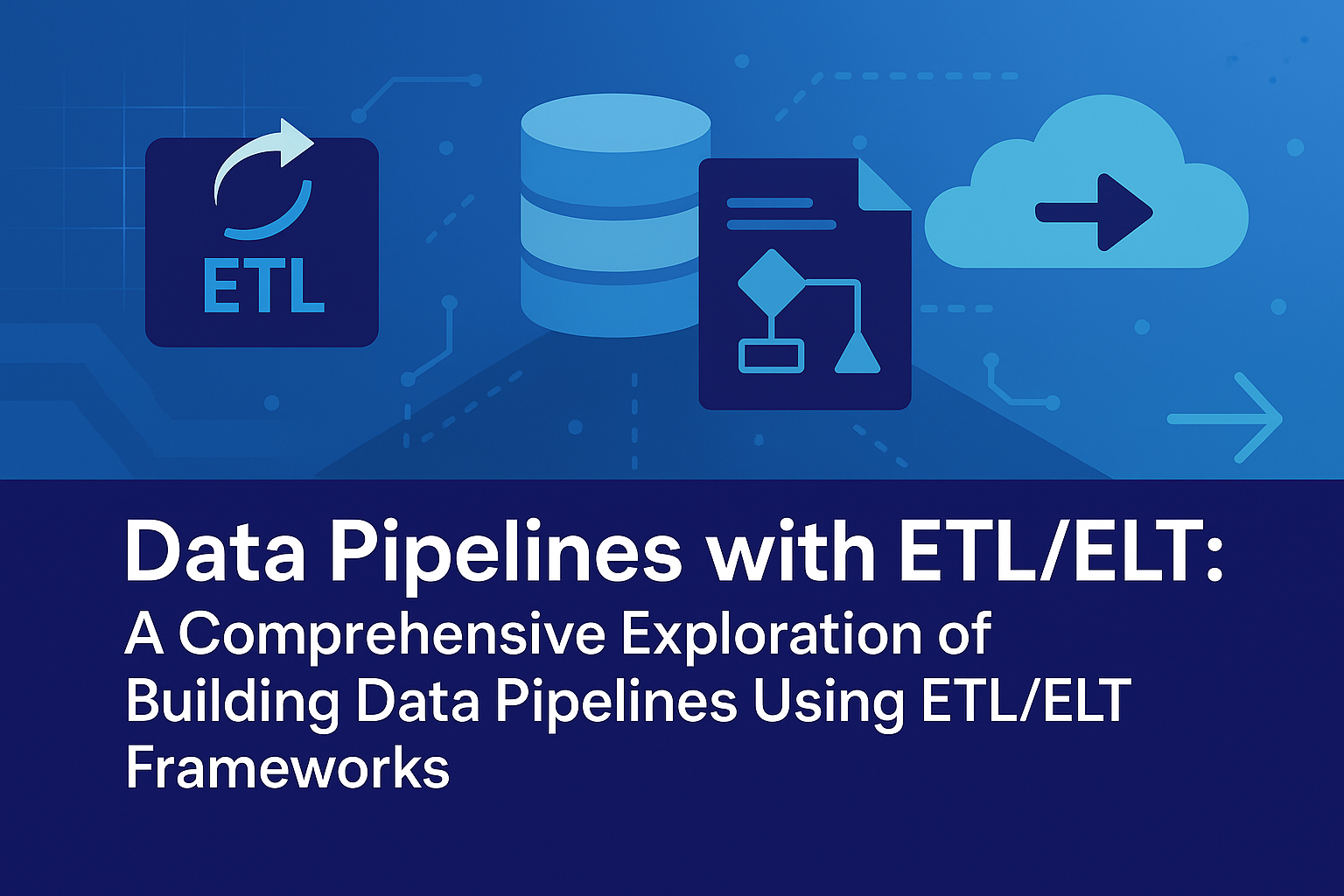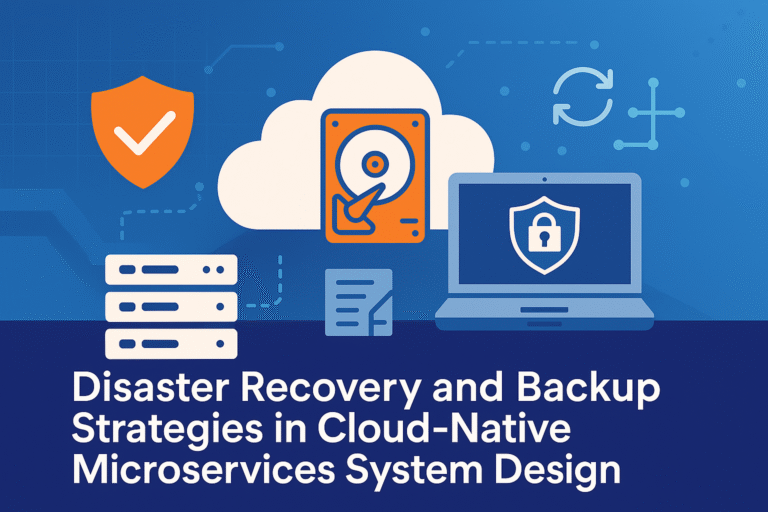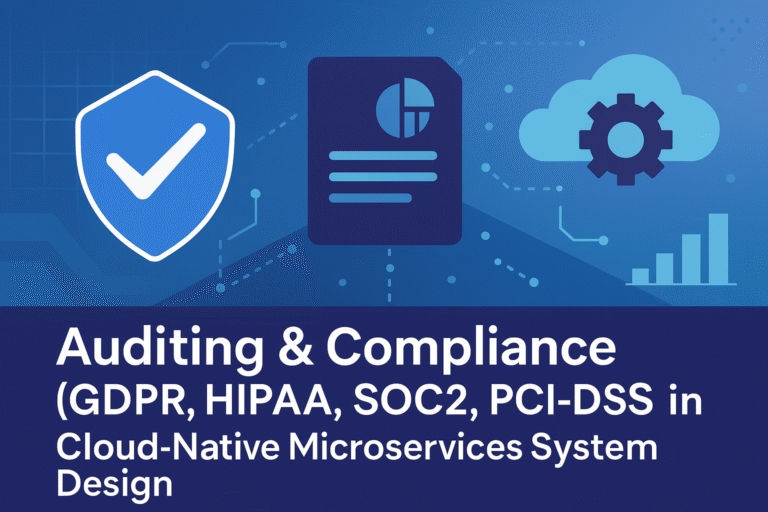Introduction to Data Pipelines
Data pipelines represent structured workflows in distributed systems that facilitate the ingestion, transformation, and delivery of data from diverse sources to target destinations. These pipelines are fundamental for enabling data-driven decision-making, supporting real-time analytics, and ensuring seamless integration across heterogeneous systems. In modern architectures, data pipelines must handle increasing volumes of data while maintaining efficiency, scalability, and reliability. Two primary paradigms—Extract, Transform, Load (ETL) and Extract, Load, Transform (ELT)—define the sequence of operations within these pipelines. ETL emphasizes transforming data before loading it into a target system, whereas ELT loads raw data first and transforms it afterward. This analysis examines these paradigms in detail, focusing on key frameworks: Apache Airflow for orchestration, Apache Spark for batch-oriented ETL, and Apache Flink for stream-oriented ELT. The discussion incorporates mechanisms, performance implications, advantages, limitations, trade-offs, and strategic considerations, drawing on prior concepts such as the CAP Theorem (balancing availability and consistency in data flows), consistency models (strong for transactional data, eventual for analytics), consistent hashing (for partitioning in Spark/Flink), idempotency (for safe retries in pipelines), unique IDs (e.g., Snowflake for data tracking), heartbeats (for monitoring pipeline health), failure handling (e.g., retries in Airflow), single points of failure (SPOFs) avoidance (through replication), checksums (for data integrity), GeoHashing (for spatial transformations), rate limiting (to control ingestion), Change Data Capture (CDC) (for source extraction), load balancing (for task distribution), quorum consensus (in Flink for state management), multi-region deployments (for global pipelines), and capacity planning (for resource forecasting). By understanding these frameworks and paradigms, system architects can design resilient pipelines that optimize for latency, throughput, and cost in distributed environments.
ETL vs. ELT Paradigms
Extract, Transform, Load (ETL)
ETL is a traditional paradigm where data is extracted from sources, transformed into a usable format, and then loaded into a target system. This approach is transformation-heavy upfront, ensuring data is cleaned, enriched, and structured before storage.
- Mechanism:
- Extract: Pull data from sources (e.g., databases via CDC, APIs, or files). Tools like Airflow schedule extractions, using idempotency to handle retries without duplication.
- Transform: Apply operations such as cleaning (e.g., remove nulls), aggregation (e.g., sum sales by region), or enrichment (e.g., join with GeoHashing for location data). Spark excels here with distributed processing across nodes, using consistent hashing for partitioning.
- Load: Insert transformed data into targets (e.g., data warehouses like Snowflake). Rate limiting prevents overload during loading.
- Mathematical Foundation:
- Throughput: Throughput = batch_size / (extract_time + transform_time + load_time) (e.g., 1 TB batch / (10 min + 20 min + 10 min) = 25 GB/min)
- Latency: End-to-end = batch_interval + processing_time (e.g., hourly interval + 30 min = 1.5 hours)
- Scalability: Nodes × task_parallelism (e.g., 10 Spark nodes × 100 tasks = 1,000 parallel operations)
- Applications: Data warehousing, reporting (e.g., daily sales summaries), ETL pipelines in legacy systems.
Extract, Load, Transform (ELT)
ELT flips the transformation step, loading raw data first and transforming it in the target system. This leverages powerful cloud warehouses for transformations, suitable for big data environments.
- Mechanism:
- Extract: Similar to ETL, often using CDC for real-time ingestion (e.g., from PostgreSQL to Kafka).
- Load: Store raw data in scalable targets (e.g., S3 or BigQuery), using multi-region deployments for global access.
- Transform: Perform operations in the target (e.g., SQL queries in BigQuery or Flink for streaming ELT). Flink supports stateful transformations with quorum consensus for consistency.
- Mathematical Foundation:
- Throughput: Continuous, Throughput = ingest_rate × parallelism (e.g., 1 M events/s × 10 nodes = 10 M events/s)
- Latency: <100 ms for end-to-end processing in streams
- Scalability: Linear with nodes (e.g., Flink scales to 1,000 nodes for 10 M events/s)
- Applications: Big data analytics, machine learning pipelines (e.g., transforming loaded raw data in Databricks).
Comparison of ETL and ELT
- ETL: Transformation before load; suited for structured data, but compute-intensive upfront.
- ELT: Load before transformation; leverages target compute power for large-scale, raw data processing.
- Trade-Offs: ETL ensures clean data but limits scale (e.g., Spark bottlenecks at 1TB/hour); ELT scales better (e.g., Flink 1M events/s) but requires powerful targets.
Frameworks for Building Data Pipelines
Apache Airflow (Orchestration for ETL/ELT)
Airflow is an open-source platform for orchestrating complex workflows, defining pipelines as Directed Acyclic Graphs (DAGs) in Python code.
- Mechanism:
- DAGs: Define tasks (e.g., extract from API, transform with Spark, load to BigQuery) with dependencies.
- Scheduler: Executes tasks based on schedules or triggers, integrating CDC for event-based runs.
- Executor: Supports local, Celery (distributed), or Kubernetes for scaling.
- Failure Handling: Retries with idempotency, heartbeats for worker liveness (< 5s detection).
- Integration: Uses operators for Spark/Flink, rate limiting for API extractions, and GeoHashing in transformations.
- Performance Metrics:
- Throughput: 1,000 tasks/hour in a 5-node cluster.
- Latency: Task-dependent (e.g., 10min for ETL batch).
- Availability: 99.99% with Kubernetes scaling.
- Scalability: Horizontal via workers (e.g., 100 workers for 10,000 tasks/day).
- Advantages: Programmable workflows, easy monitoring (UI), integrates with any tool.
- Limitations: Orchestration overhead (5–10% latency), not for ultra-real-time (< 1min schedules).
- Real-World Example: Spotify Music Analytics: Airflow orchestrates ETL pipelines extracting listening data from databases (CDC via Kafka), transforming with Spark (aggregations), and loading to BigQuery. Handles 1B streams/day with < 30min latency, 99.99% uptime, using quorum consensus for task coordination.
Apache Spark (Batch-Oriented ETL)
Spark is a unified analytics engine for large-scale data processing, excelling in batch ETL with distributed computing.
- Mechanism:
- RDDs/DataFrames: Represent data for transformations (e.g., map, reduce, join).
- Cluster Manager: YARN or Kubernetes distributes tasks with consistent hashing.
- Failure Handling: Checkpoints and lineage for recomputation, idempotency for safe restarts.
- Integration: CDC inputs via Kafka, GeoHashing in spatial joins, rate limiting for sources.
- Performance Metrics:
- Throughput: 1TB/hour in a 10-node cluster.
- Latency: 10–60 minutes for batches.
- Availability: 99.99% with replication.
- Scalability: Linear with nodes (e.g., 100 nodes for 10TB/hour).
- Advantages: Handles massive batches efficiently, supports ML (Spark MLlib).
- Limitations: High latency for real-time, resource-intensive (80% CPU peaks).
- Real-World Example: Walmart Inventory Reporting: Spark processes daily sales data (ETL: extract from Oracle via CDC, transform aggregates, load to Hive). Handles 500TB/day with < 1-hour latency, 99.99% uptime, using load balancing for executors.
Apache Flink (Stream-Oriented ELT)
Flink is a stream processing framework for real-time and batch workloads, emphasizing low-latency ELT with stateful computations.
- Mechanism:
- DataStreams: Process unbounded data with operators (e.g., map, window, join).
- State Management: Checkpoints for fault tolerance, quorum consensus for consistency.
- Cluster Mode: Standalone or Kubernetes for scaling.
- Integration: CDC via connectors, GeoHashing for spatial streams, rate limiting for ingress.
- Performance Metrics:
- Throughput: 1M events/s in a 10-node cluster.
- Latency: < 10ms for streams.
- Availability: 99.999% with checkpoints.
- Scalability: Linear with nodes (e.g., 100 nodes for 10M events/s).
- Advantages: Unified batch/stream processing, low latency, stateful exactly-once.
- Limitations: Complex state management (10–20% overhead), higher resource needs.
- Real-World Example: Alibaba Real-Time Recommendations: Flink processes user clicks (ELT: load to Kafka, transform aggregates, output to Redis). Handles 1B events/day with < 10ms latency, 99.999% uptime, using multi-region for global users.
Integration with Prior Concepts
- CAP Theorem: ETL favors CP for consistent batches (e.g., Spark ACID); ELT favors AP for scalable loads (e.g., Flink eventual state).
- Consistency Models: ETL ensures strong consistency (e.g., transactional loads); ELT uses eventual (e.g., Flink checkpoints).
- Consistent Hashing: Distributes tasks in Spark/Flink.
- Idempotency: Ensures safe task retries.
- Heartbeats: Monitors worker liveness.
- Failure Handling: Checkpoints/retries in Spark/Flink.
- SPOFs: Replication in clusters.
- Checksums: SHA-256 for data integrity in pipelines.
- GeoHashing: Spatial transformations in Flink.
- Load Balancing: Least Connections for tasks.
- Rate Limiting: Token Bucket for ingestion.
- CDC: Feeds ELT pipelines.
- Multi-Region: Global pipelines with replication.
- Capacity Planning: Estimates nodes (e.g., 10 for 1M events/s).
Trade-Offs and Strategic Considerations
- Latency vs. Cost:
- ETL: Higher latency (minutes-hours) but lower cost (off-peak runs).
- ELT: Lower latency (< 10ms) but higher cost (continuous compute).
- Decision: Use ETL for non-urgent, ELT for real-time.
- Interview Strategy: Justify ETL for reporting, ELT for recommendations.
- Scalability vs. Complexity:
- ETL: Scales with clusters but complex for large data (e.g., Spark).
- ELT: Highly scalable but requires powerful targets (e.g., BigQuery).
- Decision: Use ETL for structured data, ELT for big data.
- Interview Strategy: Propose Spark for batch ETL, Flink for stream ELT.
- Consistency vs. Flexibility:
- ETL: Strong consistency (upfront transforms) but less flexible.
- ELT: Eventual consistency but flexible transformations.
- Decision: Use ETL for clean data needs, ELT for exploratory analytics.
- Interview Strategy: Highlight ETL for compliance, ELT for ML pipelines.
- Fault Tolerance vs. Overhead:
- ETL: Checkpoints enable recovery but add overhead (10–20% time).
- ELT: Continuous checkpoints but higher resource needs.
- Decision: Use ETL for tolerant delays, ELT for high availability.
- Interview Strategy: Justify ELT for manufacturing, ETL for retail reporting.
- Global vs. Local Optimization:
- ETL: Easier locally but scales globally with multi-region.
- ELT: Benefits from global warehouses but adds network costs.
- Decision: Use multi-region for global apps.
- Interview Strategy: Propose multi-region ELT for Alibaba.
Advanced Implementation Considerations
- Deployment: Use Kubernetes for Airflow/Spark/Flink clusters with 10 nodes (16GB RAM).
- Configuration:
- Airflow: DAGs with 1,000 tasks/day, Kubernetes executor.
- Spark: 10 executors, checkpoints every 10min.
- Flink: 10 task managers, state backend with RocksDB.
- Performance Optimization:
- Use SSDs for < 1ms I/O in Flink.
- Enable compression (GZIP) to reduce network by 50–70%.
- Cache states in Redis for < 0.5ms access.
- Monitoring:
- Track throughput (1M events/s), latency (< 10ms), and lag (< 100ms) with Prometheus/Grafana.
- Alert on > 80% utilization via CloudWatch.
- Security:
- Encrypt data with TLS 1.3.
- Use IAM/RBAC for access control.
- Verify integrity with SHA-256 checksums (< 1ms overhead).
- Testing:
- Stress-test with JMeter for 1M events/s.
- Validate fault tolerance with Chaos Monkey (e.g., fail 2 nodes).
- Test lag and recovery scenarios.
Discussing in System Design Interviews
- Clarify Requirements:
- Ask: “What’s the data volume (1TB/day)? Latency needs (< 10ms)? Real-time or periodic processing?”
- Example: Confirm real-time fraud detection for banking with < 10ms latency.
- Propose Paradigm:
- ETL: “Use for daily financial reports with Spark.”
- ELT: “Use for real-time fraud with Flink.”
- Example: “For manufacturing, implement ELT with Flink for sensor monitoring.”
- Address Trade-Offs:
- Explain: “ETL is cost-effective but delayed; ELT is real-time but resource-intensive.”
- Example: “Use ETL for logistics log analysis, ELT for manufacturing monitoring.”
- Optimize and Monitor:
- Propose: “Use partitioning for throughput, monitor lag with Prometheus.”
- Example: “Track banking fraud latency for optimization.”
- Handle Edge Cases:
- Discuss: “Mitigate ELT lag with more nodes, handle ETL failures with checkpoints.”
- Example: “For retail, use DLQs for failed customer events.”
- Iterate Based on Feedback:
- Adapt: “If real-time is critical, shift to ELT; if cost is key, use ETL.”
- Example: “For Walmart, add ELT if reporting needs faster insights.”
Conclusion
Data pipelines with ETL and ELT paradigms provide structured approaches to data movement and transformation, with ETL suiting transformation-heavy, batch-oriented workflows and ELT leveraging target compute for scalable, raw data processing. Frameworks like Airflow (orchestration), Spark (batch ETL), and Flink (stream ELT) enable efficient implementations, as seen in examples from Spotify, Walmart, and Alibaba. Integration with concepts like CDC, replication, and rate limiting enhances resilience, while trade-offs such as latency vs. cost and complexity vs. flexibility guide paradigm selection. By aligning with workload demands and monitoring metrics, architects can design optimized pipelines for modern distributed systems, ensuring high performance and reliability.




